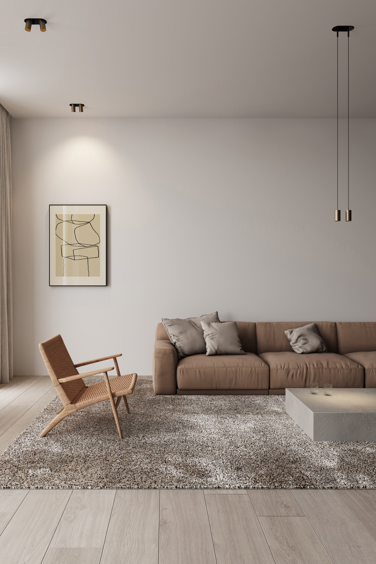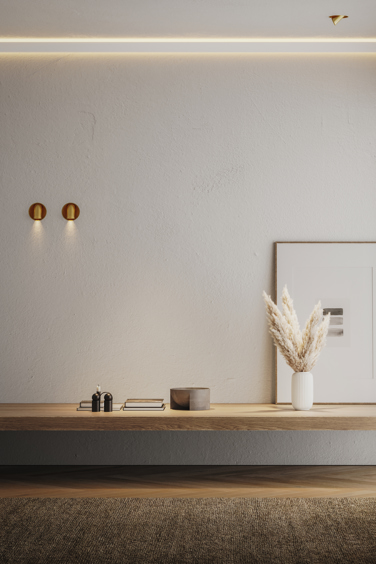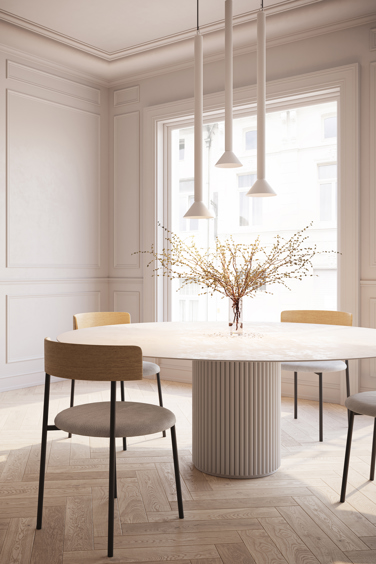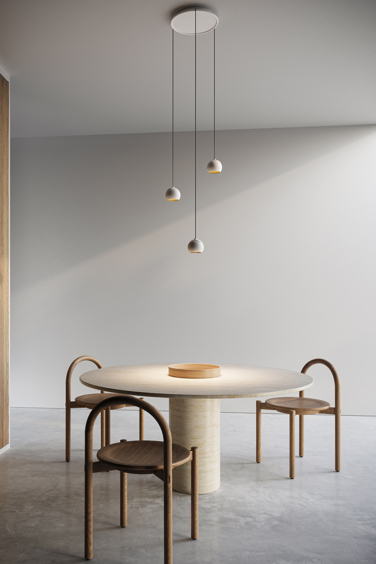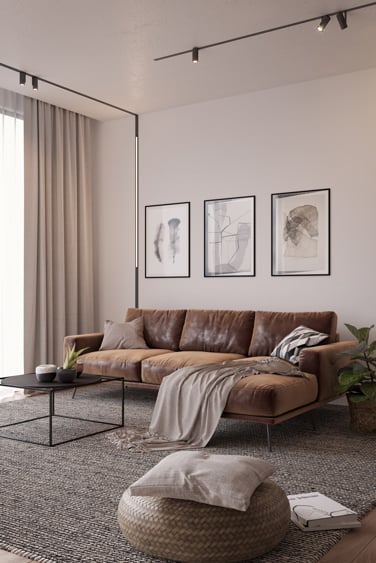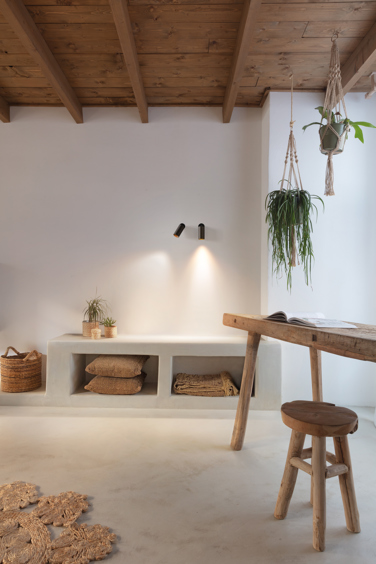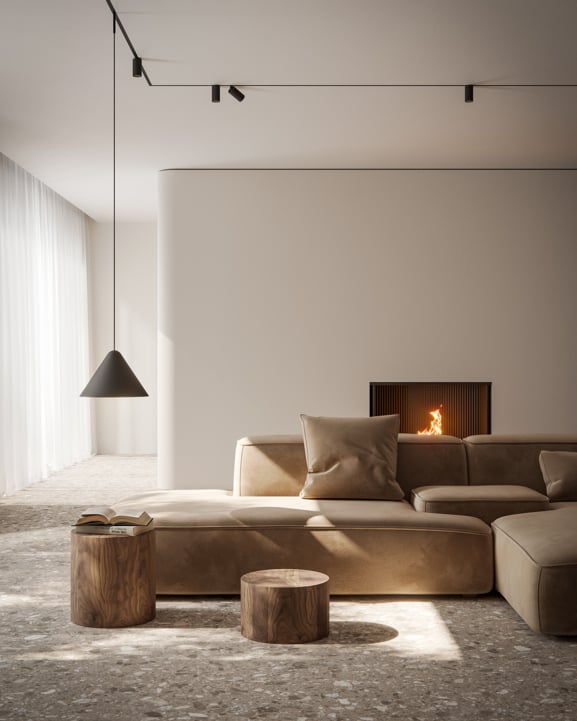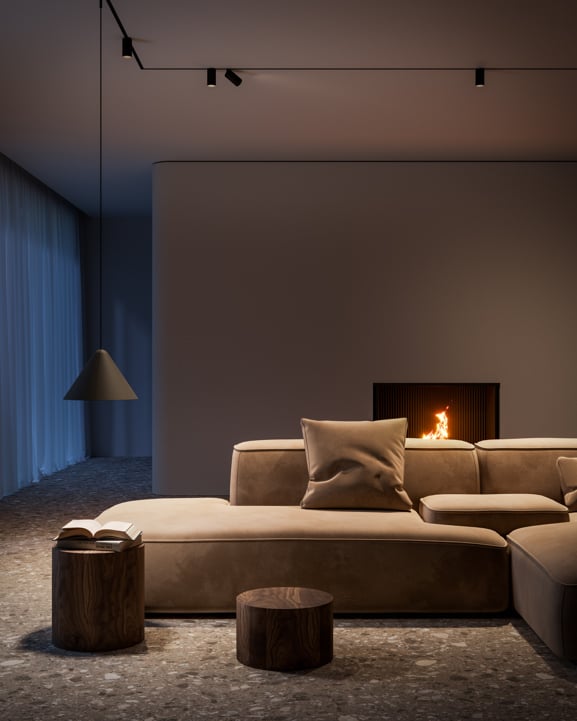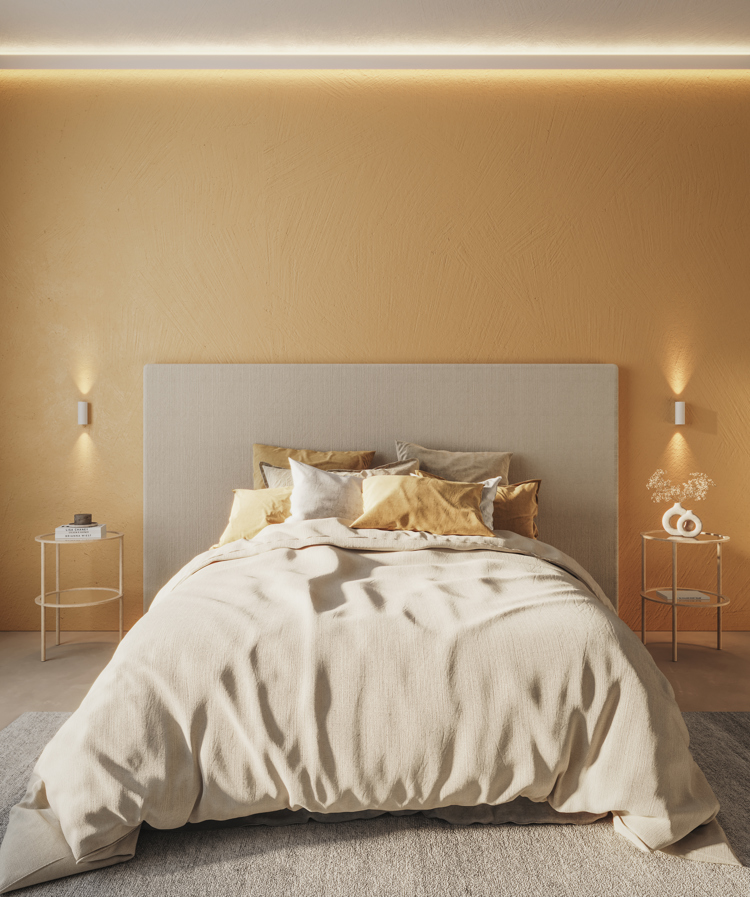The living room is where living happens. Being the heart of the home, this is the place where we spend most of our time, watching TV, reading, simply spending time together. That's why creating the right atmosphere is especially important.
Lighting plays a crucial role in setting the mood and ambiance of a room, and the living room is no exception. And the multiple uses of the living room require a variety of lighting options. By using the right mix of direct and indirect lighting as well as general and accent lighting, you can create a space that is both functional and beautiful.
Key takeaways
- Keep it flexible and open for the users of the space, so they can adjust the lighting for their different activities
- Offer possibilities for highlighting special features, dimming options, and add smart lighting to set up favourite lighting scenes
- As a functional and important touch, wire lighting on multiple circuits to allow users to control luminaires separately
Do's in living lighting
Don'ts in living lighting
